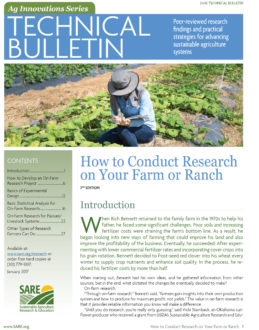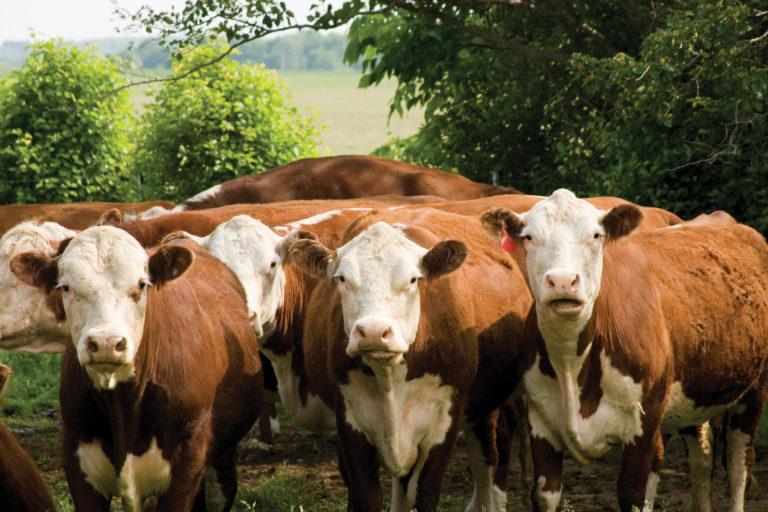Getting to the Meat of the Matter: In-Story Surveying Informs Beef Producers
In 1997, before members of a Kansas City, Mo., cooperative that wanted to market “natural” meat and other farm products began soliciting area grocery stores, they conducted a comprehensive, SARE-funded marketing research effort.
Working with scientists at Kansas State University, Good Natured Family Farms (GNFF) created surveys to assess preferred beef cuts both from grocery meat managers and customers, who could sample and record their impressions at an in-store computer kiosk. In addition to the survey, the alliance hosted in-store product demonstrations with free drawings to incentivize participants. By collecting this data, GNFF was able to determine what cattle breeds and feeding procedures provided the most profit potential.
Consumers indicated they wanted to know how their meat was raised and said they read labels to ascertain the presence of artificial additives and preservatives. Perhaps most important, those surveyed said “taste and tenderness” outweighed price as purchasing factors.
It came as no surprise that the retail meat managers surveyed preferred cuts of loin to round, rib, chuck and ground beef. The taste test findings encouraged co-op members, most of them third- and fourth-generation ranchers, to supply cuts such as strips, ribeye, top round and top sirloin, and to add value to lower cuts in hot dogs and beef jerky.
Now, the more than 100 members of the Good Natured Family Farms (GNFF) alliance know what their customers like, such as labels indicating meat is “free of additives,” grown locally and produced in accordance with Good Agricultural Practice (GAP) standards—and they market accordingly. By working together to conduct marketing research, GNFF members enhanced their marketing skills and learned how to achieve a common goal: profitability through understanding of their market and customers.
“Market research allows you to identify your consumers and the products that work and don’t work,” said Diana Endicott, an organic beef and chicken rancher who has been instrumental to the co-op’s growth. “It helps you find out who wants your product and how much they’re willing to pay,” and it never hurts to make a supporter out of the person customers see behind the counter. “When the consumer asks what it tastes like, they can answer them,” Endicott pointed out.
To learn more about this project, visit SARE's project reports database and see project FNC97-171.

